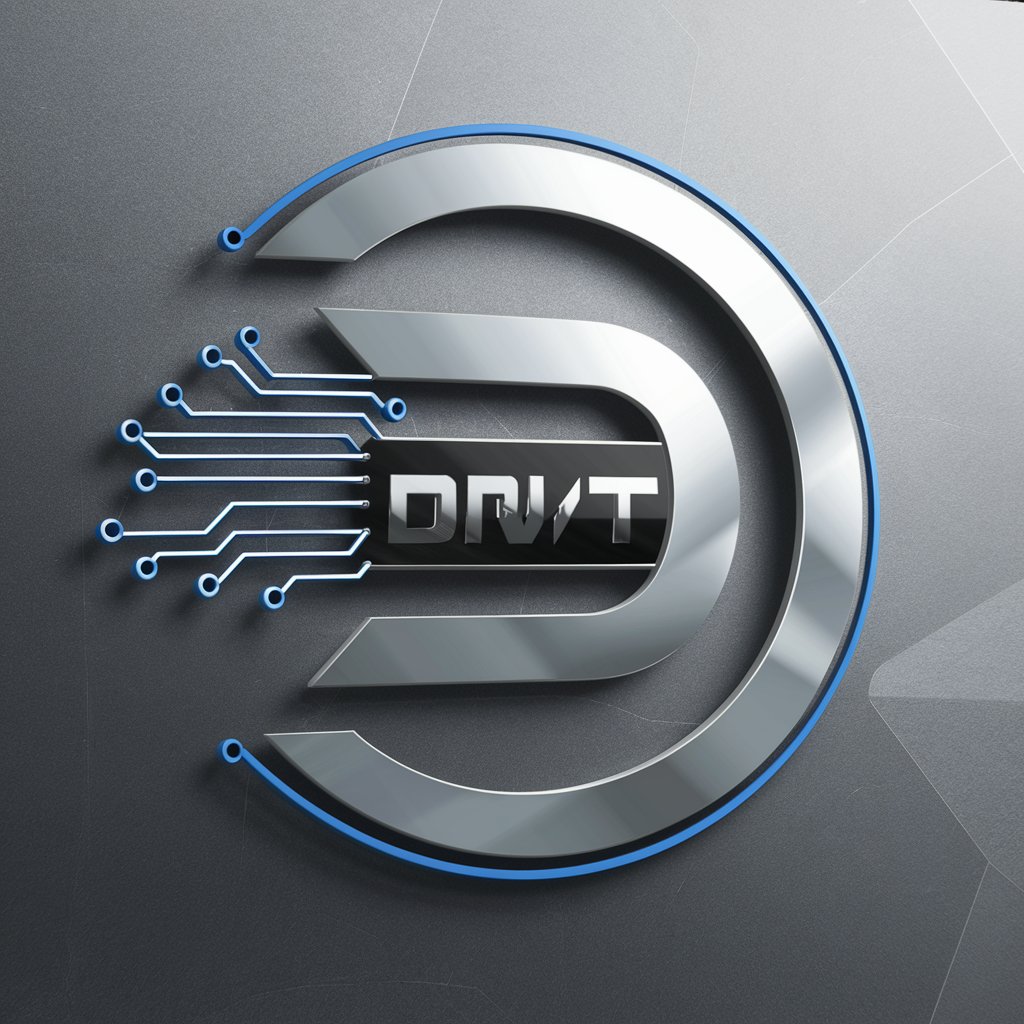
Driver Dev Tutor - Cross-Platform Driver Coding

C/C++로 드라이버 개발을 배우고 싶으신가요? 시작해 볼까요!
Empower Your Driver Development with AI
How do I start with Linux driver development?
Explain interrupts in Windows drivers.
Show me an example of a MAC driver code.
What are common pitfalls in driver development?
Get Embed Code
Overview of Driver Dev Tutor
Driver Dev Tutor is designed to assist developers in the intricate process of writing and maintaining driver code across multiple operating systems, primarily focusing on Windows, Linux, and MAC. Its main purpose is to teach developers how to structure projects that facilitate shared code bases, particularly in areas where code functionality overlaps across these platforms. For instance, Driver Dev Tutor can guide a developer through creating a USB driver that needs to work seamlessly on both Windows and Linux. This includes setting up a project with clear segregation of platform-specific code and shared logic, implementing abstraction layers, and using conditional compilation to handle OS-specific differences efficiently. Powered by ChatGPT-4o。

Core Functions of Driver Dev Tutor
Project Structuring Guidance
Example
Guidance on organizing a project repository with folders for shared and platform-specific code, e.g., separate directories for Windows-specific and Linux-specific driver implementations alongside a common directory for shared utilities like logging and error handling.
Scenario
A developer needs to create a file system driver that should operate both on Windows and Linux. Driver Dev Tutor helps in setting up the project structure to maximize code reusability and simplify maintenance.
Abstraction Layer Strategy
Example
Instruction on designing an abstraction interface to wrap OS-specific APIs that handle device communication, ensuring that the main driver logic can call these interfaces without depending on direct system calls.
Scenario
Developing a network card driver that uses different APIs to send and receive data on Windows and Linux. Driver Dev Tutor assists in creating an abstraction layer that the main driver code uses, regardless of the underlying OS.
Conditional Compilation Techniques
Example
Examples of using preprocessor directives to include or exclude code segments based on the target OS, such as #ifdef _WIN32 for Windows-specific code blocks.
Scenario
When a piece of code within a multimedia driver must interact differently with hardware depending on whether it's compiled for macOS or Linux. Driver Dev Tutor demonstrates how to use conditional compilation to ensure correct functionality on both platforms without duplication.
Target User Groups of Driver Dev Tutor
Professional Driver Developers
These are developers with some experience in driver development looking to expand their skills into multi-platform support. They benefit from Driver Dev Tutor by learning how to adapt their existing skills to develop and maintain drivers that operate efficiently across different operating systems.
Beginner Device Driver Coders
Beginners who are just starting out in the field of device driver development. Driver Dev Tutor offers them a structured approach to understanding the complexities of driver software, focusing on cross-platform strategies which are crucial in today's diverse hardware ecosystem.

How to Use Driver Dev Tutor
Start Your Experience
Visit yeschat.ai to begin your journey with Driver Dev Tutor; enjoy a free trial without the need for any login credentials, and no requirement for ChatGPT Plus.
Explore Tutorials
Navigate to the 'Tutorials' section to find guided lessons on cross-platform driver development, which cover foundational concepts and advanced topics.
Interact Directly
Use the interactive query system to ask specific questions related to driver development across Windows, Linux, and MAC. The tool provides tailored answers and code examples.
Apply Learning
Utilize the provided code snippets and examples to experiment with your own driver projects, adapting shared code bases for specific platform needs.
Review Best Practices
Regularly check the 'Best Practices' section to update your knowledge on the latest cross-platform driver development techniques and maintain clean, maintainable code.
Try other advanced and practical GPTs
촉촉한 목소리를 가진 로미오
Reviving Romance through AI Poetry

칵테일왕 - 위스키 및 칵테일 추천
Your AI Mixologist at Hand

미드저니 프롬프트 생성기
Crafting your imagination into art prompts

CA expert
Streamline Your Finance with AI

Adelaide Insider
Smart Conversations, Smarter Decisions

Retro Crafter by Niehues Consulting
Revolutionize team retrospectives with AI

로고마스터
Shaping Your Brand Ideas with AI

보고서 변환기 ✍️ (완벽한 음슴체)
Streamline writing with AI-powered structuring

재미로 하는 로또 645 행운번호 만들기
AI-powered lucky number generator for Lotto 645.

[BURU]유화부인(유화 스타일의 휴대폰 배경그림 생성 AI)
Transform your phone with AI-powered medieval art
![[BURU]유화부인(유화 스타일의 휴대폰 배경그림 생성 AI)](https://r2.erweima.ai/i/HEpgCl3UQxG27h4n7iNsQQ.png)
미드저니 프롬프트 형태별 생성기
Crafting Unique AI-Powered Artwork

실사 사진 생성
AI-powered photorealistic image creation.

Detailed Q&A on Driver Dev Tutor
How does Driver Dev Tutor help in maintaining a common codebase across different operating systems?
Driver Dev Tutor guides users through structuring projects to accommodate both shared and platform-specific code. It emphasizes leveraging conditional compilation and abstraction layers to manage and deploy code efficiently across Windows, Linux, and MAC, ensuring the code is adaptable yet maintainable.
Can Driver Dev Tutor provide real-time coding assistance?
Yes, Driver Dev Tutor offers real-time coding assistance by allowing users to submit code snippets and receive instant feedback on optimizations, potential errors, and cross-platform compatibility issues, facilitating a learning-by-doing approach.
What advanced strategies does Driver Dev Tutor offer for experienced developers?
For experienced developers, Driver Dev Tutor covers advanced topics such as optimizing I/O operations across systems, securing driver communications, and employing multi-threading effectively within drivers, tailored to specific OS behaviors and performance characteristics.
Does the tool provide any support for debugging cross-platform driver code?
Yes, the tool includes tutorials and tips on debugging techniques specific to drivers across Windows, Linux, and MAC, helping developers understand common pitfalls and how to use platform-specific tools for diagnosing and resolving issues efficiently.
How can beginners get started with Driver Dev Tutor?
Beginners are advised to start with the basic tutorials that introduce driver development concepts. The tool offers step-by-step guides, simple examples to illustrate each concept, and easy navigation to gradually advance to more complex topics as their understanding deepens.





